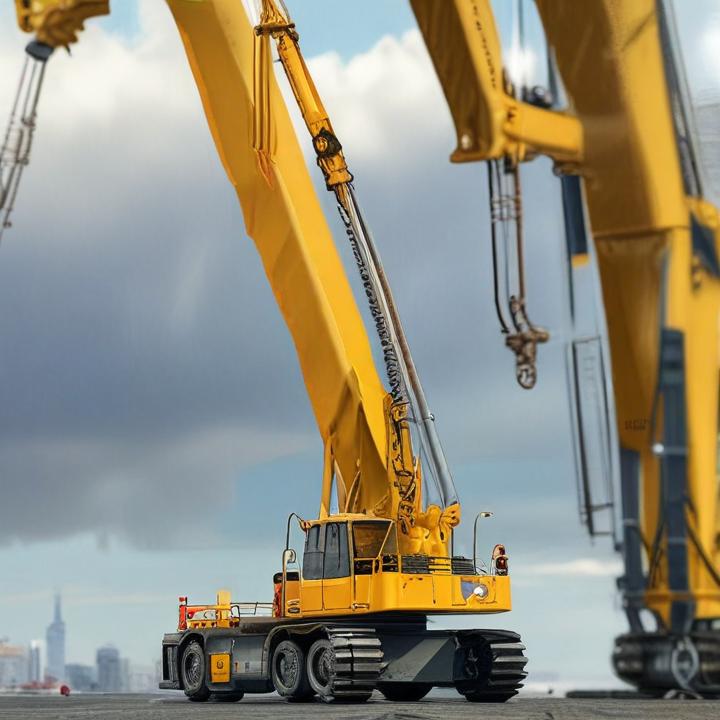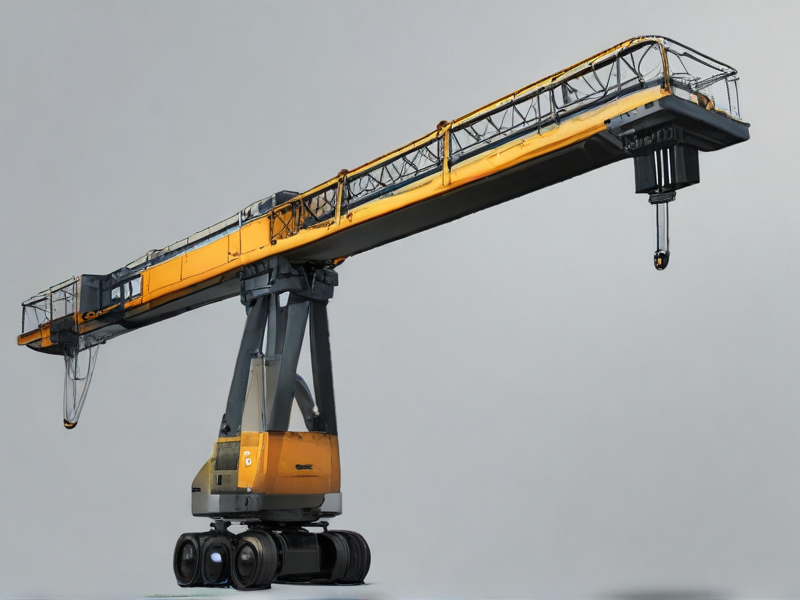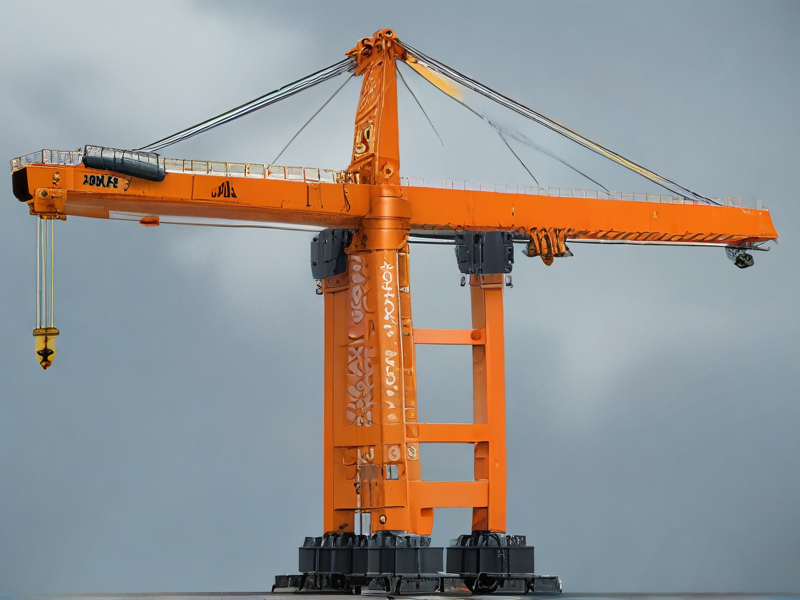Crane luffing is a vital operation in construction and shipping, involving adjusting the jib angle to maneuver loads effectively. This capability enhances precision and safety in various applications, ensuring optimal performance in tight or constrained environments.
Applications for Crane Luffing:
– Construction Sites:
– Adjusting the jib angle allows for precise placement of building materials.
– Navigating around obstacles in crowded sites.
– Facilitating the erection of tall structures where height and reach are critical.
– Shipping Ports:
– Efficiently loading and unloading cargo from ships.
– Maneuvering containers in confined spaces.
– Enhancing operational flexibility in busy ports.
– Heavy Industry:
– Positioning heavy machinery and equipment with accuracy.
– Adjusting load positioning for maintenance tasks.
– Handling oversized components in manufacturing plants.
– Wind Turbine Installation:
– Lifting and positioning turbine blades with precision.
– Adjusting angles to cope with varying wind conditions.
– Ensuring safe and efficient assembly of wind turbines.
– Rescue Operations:
– Accessing difficult-to-reach areas in emergency situations.
– Lifting debris in disaster recovery efforts.
– Facilitating the extraction of individuals from precarious locations.
Advantages of Crane Luffing:
– Enhanced Precision:
– Improved accuracy in load placement.
– Ability to navigate complex environments.
– Increased Safety:
– Reducing the risk of collisions with obstacles.
– Better control over heavy and hazardous loads.
– Operational Flexibility:
– Adapting to varying job site conditions.
– Handling diverse load types and sizes.
Technological Integration:
– Automated Systems:
– Utilizing sensors and software for precise luffing control.
– Enhancing efficiency through automated adjustments.
– Remote Operation:
– Allowing operators to control luffing remotely.
– Increasing safety and convenience in hazardous environments.
Overall, crane luffing is an indispensable function in numerous industries, providing the adaptability and control needed for efficient and safe operations.













